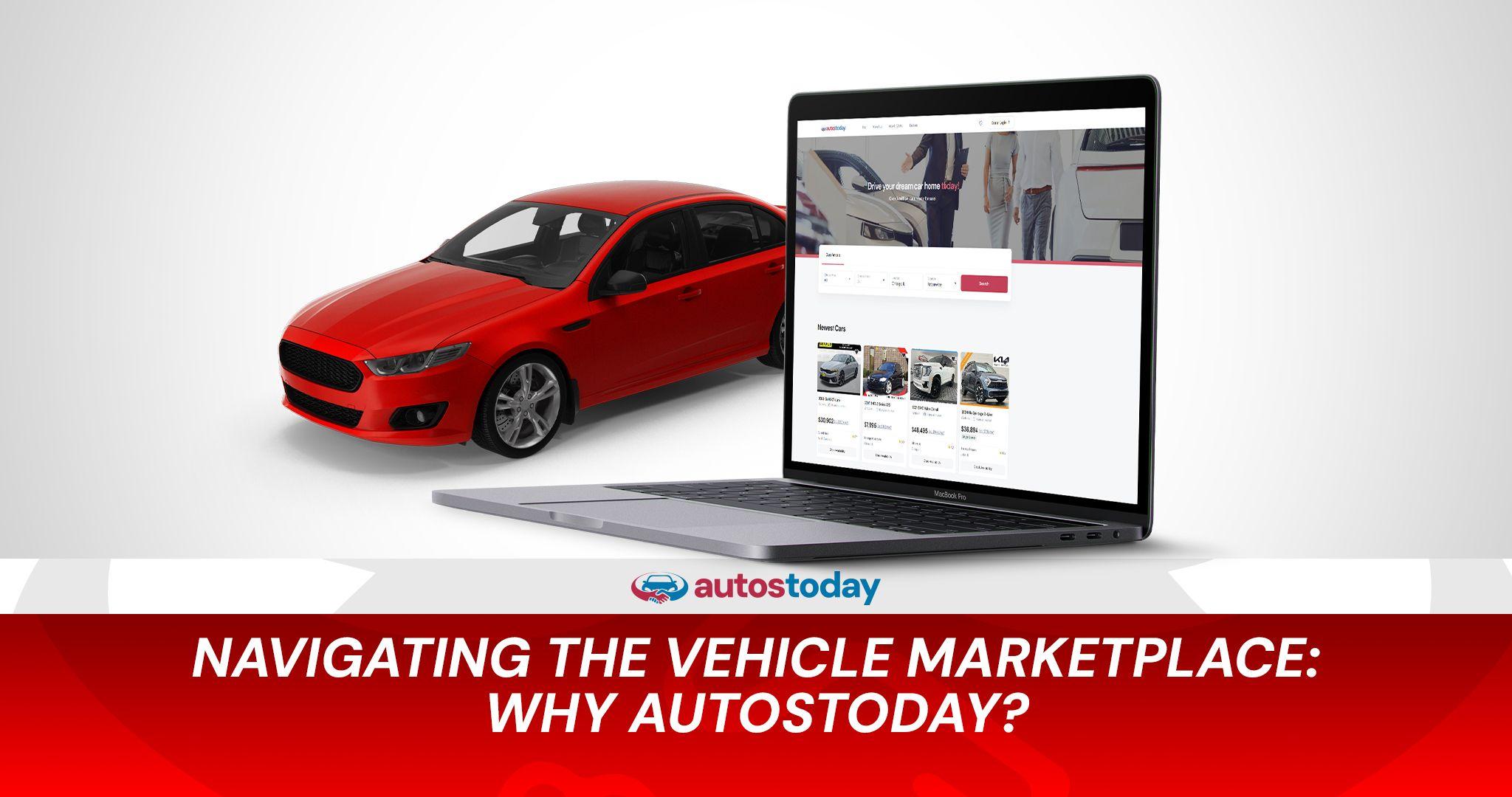Understanding Hybrid Cars
Published on Jun 6, 2024 • 5 min read

As the automotive industry evolves, hybrid cars have emerged as a popular option for those seeking to reduce their carbon footprint without compromising on performance. But what exactly are hybrid cars, and how do they work? This detailed guide explores the mechanics, benefits, and intricacies of hybrid vehicles, offering a clear understanding of their role in modern transportation.
To understand the difference between hybrid vs plug-in hybrid, it’s important to note that hybrid cars do not require external charging like plug-in hybrids. Instead, they rely on regenerative braking and the internal combustion engine to recharge the battery, making them more self-sufficient for shorter trips.
What is a Hybrid Car?
A hybrid car, commonly referred to as a hybrid electric vehicle (HEV), is a type of vehicle that combines a traditional internal combustion engine (ICE) with an electric motor and battery. Unlike plug-in hybrids, hybrid cars do not need to be plugged into an external power source to recharge. Instead, they utilize regenerative braking and the ICE to maintain the battery's charge.
How Does a Hybrid Car Work?
The operation of a hybrid car revolves around the interaction between the internal combustion engine, the electric motor, and the battery. Here’s an in-depth look at how these components work together:
- Start and Low-Speed Driving: At low speeds and during startup, hybrid cars typically rely on the electric motor. This provides a quiet, efficient, and emission-free driving experience for short distances and slow-moving traffic.
- Acceleration: When additional power is needed, such as during acceleration, the internal combustion engine kicks in to assist the electric motor. This combination delivers a boost in performance while maintaining fuel efficiency.
- Cruising: During steady cruising at higher speeds, the hybrid system may switch to the internal combustion engine alone or use both the ICE and the electric motor, depending on driving conditions and the battery's charge level.
- Regenerative Braking: Hybrid cars feature regenerative braking, a process that recovers kinetic energy during braking and converts it into electrical energy. This energy is then stored in the battery, enhancing overall efficiency and extending the electric motor's usage.
- Battery Recharging: Unlike plug-in hybrids, hybrid cars recharge their batteries through regenerative braking and by using the internal combustion engine as a generator. This eliminates the need for external charging and ensures the battery remains sufficiently charged during operation.
Benefits of Hybrid Vehicles
Hybrid cars offer several advantages that make them an attractive choice for today's drivers. Here are some key benefits:
- Improved Fuel Efficiency: By utilizing both the electric motor and the internal combustion engine, hybrid cars achieve better fuel economy compared to traditional gasoline-powered vehicles. This results in lower fuel costs and reduced dependence on fossil fuels.
- Reduced Emissions: Hybrid vehicles produce fewer tailpipe emissions, contributing to improved air quality and a smaller environmental footprint. This is particularly beneficial in urban areas with high traffic density.
- Enhanced Performance: The combination of an electric motor and an internal combustion engine provides a balanced performance, delivering smooth acceleration and adequate power for various driving conditions.
- Lower Maintenance Costs: Hybrid cars often experience less wear and tear on the internal combustion engine, leading to lower maintenance costs over time. The regenerative braking system also reduces brake wear, further decreasing maintenance needs.
- Financial Incentives: Many governments and local authorities offer incentives for hybrid vehicle owners, including tax rebates, reduced registration fees, and access to carpool lanes. These benefits can make hybrid cars a more economical choice.
Common Questions About Hybrid Cars
1. What is a hybrid car?
A hybrid car is a vehicle that combines an internal combustion engine with an electric motor and battery, using both power sources to optimize fuel efficiency and reduce emissions.
2. How do hybrid cars work compared to plug-in hybrids?
Hybrid cars do not require external charging and rely on regenerative braking and the internal combustion engine to recharge the battery. Plug-in hybrid cars, however, have larger batteries that can be recharged from an external power source, allowing them to operate purely on electric power for longer distances.
3. What are the driving modes of a hybrid car?
Hybrid cars typically have several driving modes, including electric-only mode for low speeds, combined mode for acceleration, and internal combustion engine mode for high-speed cruising. These modes work together seamlessly to provide an efficient and responsive driving experience.
4. Are hybrid cars suitable for long-distance travel?
Yes, hybrid cars are well-suited for long-distance travel. The combination of an electric motor and an internal combustion engine ensures that the vehicle can handle extended journeys efficiently without the need for frequent refueling or recharging.
5. How do hybrid cars contribute to environmental sustainability?
Hybrid cars reduce greenhouse gas emissions and lower fuel consumption by combining electric power with traditional gasoline engines. This contributes to decreased air pollution and a smaller carbon footprint, supporting global sustainability efforts.
The Future of Hybrid Vehicles
The future of hybrid vehicles looks promising, with continuous advancements in technology enhancing their efficiency and appeal. Improvements in battery technology, electric motor performance, and overall vehicle design will likely make hybrid cars even more efficient and attractive to a broader range of consumers. Additionally, the growing emphasis on reducing carbon emissions and achieving sustainability goals will further drive the adoption of hybrid vehicles in the automotive market.
In conclusion, hybrid cars represent a significant step towards a more sustainable and efficient transportation future. By combining the best features of electric and conventional power, hybrids offer a practical, economical, and environmentally friendly alternative to traditional vehicles. Whether for daily commutes or long road trips, hybrid cars provide a versatile and efficient solution for modern drivers seeking to reduce their environmental impact without compromising on performance and convenience.
Related Articles

Navigating the Vehicle Marketplace: Why Autostoday?
Online platforms have revolutionized the way we buy, sell, and trade cars.
Nov 28, 2024 • 3 min read

Make Your Best Buy Ever
We've curated the absolute best of online buying tips.
Dec 4, 2023 • 2 min read

A Holiday Guide to Buying a Used Vehicle and Saving Big
The end of the year marks a significant surge in car purchases
Feb 13, 2025 • 5 min read

Unlock January’s Best Auto Deals
January: Ideal time to buy a car online - price benefits and great deals.
Jan 9, 2025 • 3 min read